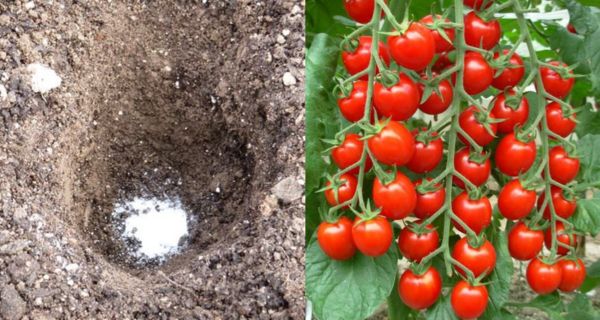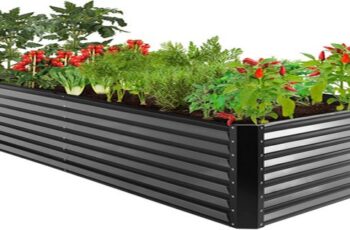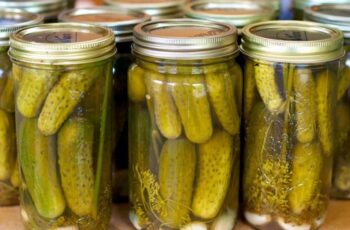Ad Blocker Detected
Our website is made possible by displaying online advertisements to our visitors. Please consider supporting us by disabling your ad blocker.
Are you looking for the best method to fertilize tomato plants that are growing in pots, containers, grow bags, or 5-gallon buckets?
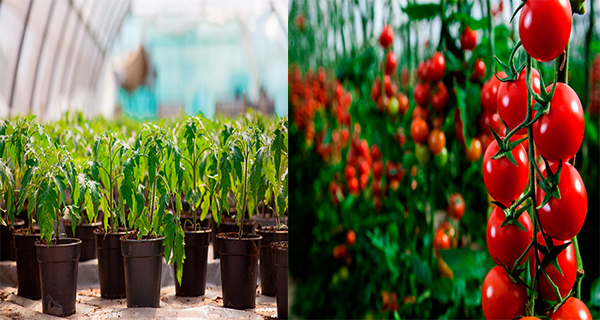
The practice of growing tomatoes in containers is gaining popularity like never before. Whether you’re planting a miniature cherry tomato plant in a small pot on your back patio for salads or snacking, cultivating slicing tomatoes in a hanging tomato grow bag, or nurturing full-sized heirloom tomatoes in 5-gallon buckets or large containers, the possibilities are endless when it comes to growing tomatoes outside of a traditional garden.
There are numerous inherent advantages to growing tomatoes in containers. Firstly, it doesn’t require a vast yard or space. In fact, all you need is a sunny patio, balcony, or deck, and you’re ready to go!
What’s even better is that planting and maintaining tomatoes in containers is much easier compared to a traditional garden. There’s no need for labor-intensive tilling or digging to plant them. Furthermore, you won’t have to worry about constant weeding once the plants start to grow.
More Advantages
One of the greatest advantages of growing tomatoes in pots and containers is the decreased likelihood of encountering pests, diseases, and common growing issues that often affect tomatoes.
By keeping your plants elevated from the ground, pests face greater obstacles in attacking them. Additionally, the risk of tomato blight and blossom rot, two common diseases, is significantly reduced since the tomatoes are grown in fresh potting soil each season.
However, when it comes to container tomatoes, providing them with ample nutrients is essential. Fertilizing becomes a necessity. It’s important to note that the method and timing of fertilization can make a substantial difference in the overall success of your tomato plants.
How To Fertilize Tomato Plants In Pots & Containers
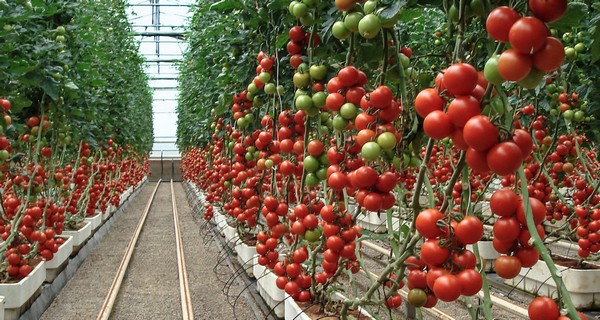
Tomato plants have a high demand for nutrients in order to thrive and yield abundant fruit. This need for nutrients is even greater when growing in containers compared to traditional garden or raised bed settings.
Due to the limited soil space, tomato plants in containers deplete the available nutrients at a faster rate. Therefore, it is crucial to begin fertilizing container-grown tomatoes right from the beginning.
Providing a consistent supply of nutrients from the outset helps the plants establish strong root systems, sturdy stems, and healthy foliage. This lays the foundation for robust flowering and bountiful production later on. However, for optimal success, it is important to provide fertilizer in small, regular doses.
The Dangers Of Over-Fertilizing
Using excessive or highly potent fertilizers can result in excessive foliage growth for your tomato plants. Although they may appear healthy with a dark green color, the excess energy is primarily directed towards foliage and root development, rather than blooming.
Over-fertilization can actually reduce overall yields. Plants that receive an excessive amount of nutrients will cease blooming and focus solely on size increase. Additionally, their root systems may become too large, leading to root binding.
On the other hand, under-fertilizing will result in slow plant growth, ultimately leading to a smaller harvest. So, how can you find the right balance when fertilizing your container-grown tomato plants?
The solution lies in providing your plants with a light but consistent supply of nutrients. The easiest and most effective way to achieve this is through the use of liquid fertilizer.
Why Liquid Fertilizers Work Best For Tomato Plants In Pots & Containers
Liquid fertilizers are highly suitable for tomato plants in containers due to several significant advantages. Firstly, they are rapidly absorbed by the plants. The liquid can permeate the soil, reaching the roots, and can also be absorbed through the leaves and stems.
Another advantage of using liquid fertilizers on tomato plants is the ease of controlling the strength and dosage by diluting the mixture. By reducing the concentration of the fertilizer, you can provide your plants with a lighter but more frequent supply of nutrients. This allows them to grow at an ideal, gradual pace, setting the stage for abundant production.
When it comes to the frequency of applying liquid fertilizer, it is recommended to provide light and regular doses every 7 to 10 days, starting from the early stages of growth. Keeping this in mind, let’s explore some of the best liquid fertilizers to use for your tomato plants.
Compost Tea
